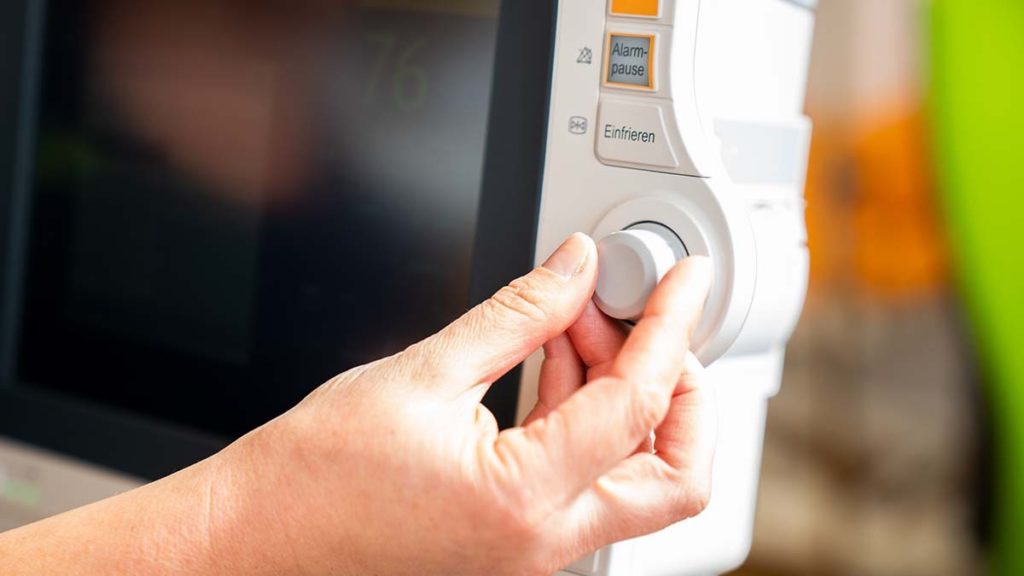Whole body Hyperthermia
The healing effect of fever has been known for many centuries. With whole-body hyperthermia, this active principle is used therapeutically.
Therapy effect
Controlled heating of the body mobilises the body’s defences, increases the supply of oxygen and nutrients to the cells and improves the breakdown of deposited toxins. The effect of infusion therapies can also be enhanced.
The healing effect of fever has been known for many centuries. With whole-body hyperthermia, this active principle is used therapeutically.
Here, the whole body is gently heated by means of water-filtered infrared radiation. With moderate whole body hyperthermie, temperatures of 38.5°C to a maximum of 40.5°C are generated. This form of hyperthermia is indicated for the treatment of Lyme disease, generalised pain such as fibromyalgia, chronic back pain and muscle tension, degenerative joint changes (arthrosis) as well as rheumatic diseases and allergies (bronchial asthma, neurodermatitis) and acne. The immune system is activated and the effect of antibiotic therapy, for example, is enhanced. Further effects are the increase of blood circulation in all tissues, the acceleration of metabolic and excretory processes.
Treatment
In preparation, the patient should drink well and eat only light food. During the therapy he lies unclothed on a lounger that is freely accessible from all sides and is covered with a cloth. The heat radiation is supplied from above. During the treatment, the patient is continuously monitored and receives infusions to compensate for fluid loss and to increase the effect. In the presence of a staff member, body temperature, blood pressure, heart rate and oxygen content of the blood are measured regularly. Depending on the indication and the targeted temperature range, the duration of application varies between 1 and a maximum of 3 ½ hours.
Moderate whole body hyperthermia must not be performed in acute and severe inflammations, advanced cardiac insufficiency, severe cardiac arrhythmias and during pregnancy. In principle, it is decided by the attending physician in each individual case whether hyperthermia can be applied.

